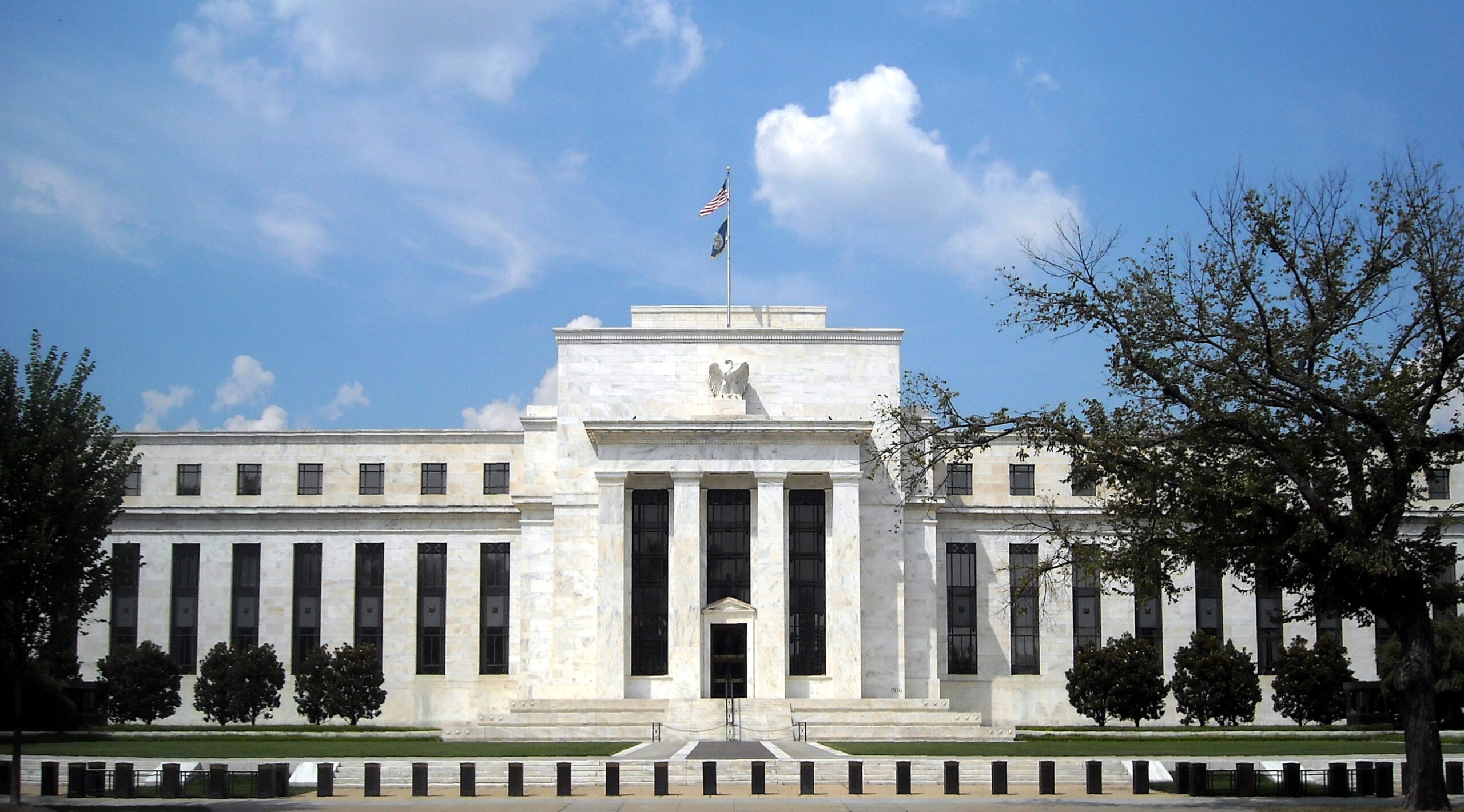As expected, the Federal Open Market Committee (the Fed) left interest rates unchanged on January 27th after raising them for the first time in over nine years in December, 2015. The Fed cited a litany of factors that influenced the most recent (non) decision including improved labor market conditions, low inflation and inflation expectations, and global economic and financial developments. In their statement, they stated, “the Committee expects that economic conditions will evolve in a manner that will warrant only gradual increases in the federal funds rate; the federal funds rate is likely to remain, for some time, below levels that are expected to prevail in the longer run.” The Fed also reiterated its stance that, “the actual path of the federal funds rate will depend on the economic outlook as informed by incoming data.”
No change was truly expected at this meeting, but the Fed faces a clear dilemma in terms of monetary policy. Rhetoric from a variety of Fed speakers including Chairwoman Janet Yellen indicate a desire to move away from crisis level monetary policy (zero percent interest rates and quantitative easing) now that the U.S. economy is no longer in crisis. However, the bifurcation in the data reminds us of the parable of the three blind men who each touch a different part of an elephant; because each touches a different area (tusk, leg, ear), when they compare notes they are in complete disagreement over exactly what animal it is they are feeling.
Here are two simple charts that illustrate the issue the Fed faces. If one looks at inflation (which has been consistently below the Fed’s “comfort zone”), the Fed should not be raising rates. However, if one looks at unemployment they should. Since the Fed has a dual mandate (jobs and inflation), let’s combine the two and make our own indicator (the Moneta Monetary Policy Observation Predictor or MMPOP for short), shown in Chart 1.
Chart 1 shows the Target Fed funds (left scale) vs. consumer prices (CPI) less the unemployment rate (inverted right scale). The Fed has two objectives, price stability and jobs. Generally, higher inflation and lower unemployment should result in Fed tightening. Since that is what this chart appears to show, it indicates that the Fed should be thinking about a tighter policy.
But, hang on. Manufacturing (as measured by the Institute of Supply Management or ISM monthly survey) is historically a great indicator of Fed policy. It isn’t that manufacturing is such a large part of the economy (roughly 9% of employment), but that the ISM is “real time” data. We have had two consecutive months with readings below 50, which is more consistent with easing. Chart 2 shows the month-to-month change in the target Fed funds rate (left scale) vs. ISM (right scale). This reading has been below 50 for two consecutive months and is generally softening, which is usually consistent with Fed easing.
Where does that leave us? The Fed has been stealthily tightening for a couple of years and the financial markets are helping. There currently are no quantitative easing or other extraordinary monetary policies which, when eliminated, were a form of tightening, or more accurately normalization of policy. The significant increase in credit spreads is also the market tightening (credit is more expensive for borrowers) and the target Fed funds are up 25 basis points.
All of those in combination have resulted in tighter policy today than it was previously. We have accomplished one of the Fed’s possible goals by moving (slightly) off the crisis level of 0% for Fed funds. It appears that the Fed is going to be really patient in this rate cycle, which is appropriate in the current low inflation, moderate growth economic environment. Of course, patient doesn’t mean they won’t raise rates, but that they are going to be very gradual and careful in doing so, assuming we remain in an economic muddle-along environment.
What you are probably wondering is—what are the ramifications for investors? Easy monetary policy has been a tailwind for the financial markets. Zero percent anchored the front end of the yield curve and was a large contributing factor to low bond yields. Cheap borrowing costs helped corporate earnings and financial repression made “risk” assets more attractive. As long as any rate increases are gradual, moderate, and telegraphed, the margins will be neutral-to-supportive of the financial markets. That in and of itself, won’t lead to equity (or fixed income or real estate) increases in terms of returns, but they certainly are a positive factor.



